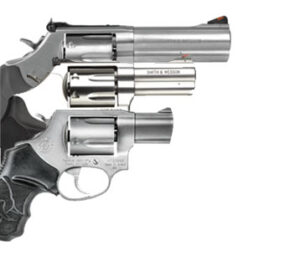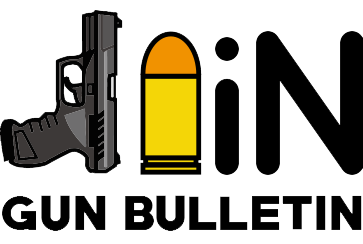Improving Accuracy With Your Gun
Let’s face it – using a gun for your self-defense is only a good option if you can stop an attacker. To accomplish that, you must HIT the attacker and you must hit them in a location on their body that will STOP them. In other words, accuracy with your gun is a critical and must-have skill if you own and carry a one for your self-defense.
According to the Oxford Dictionary, accuracy means: “the quality or state of being correct or precise.” In an armed self-defense situation, this means aiming the barrel of your gun, pulling the trigger, and the bullet hitting in the “correct or precise” location you intend it to, to stop the attacker. The same is true for target shooting, hunting, and competitive shooting.
To accomplish hitting your target, there are a number of things necessary to understand and learn as a shooter.
Sight Radius and Barrel Length
The distance between your front and rear sights is known as the sight radius. Generally, the greater this distance, the more accurate your shots will be. This means that the longer the barrel of the gun, the greater the sight radius is and the more accurate it will be.
Now, this doesn’t mean you can’t be accurate with a shorter-barreled gun. Your individual skill levels greatly impact how your accuracy with your gun or any gun is.
Just because a gun has a short radius, doesn’t mean the gun isn’t accurate, but it does mean that it will be harder (and require training and practice) to be accurate with it.
Another important thing to note is that in an up close attack, when the attacker is literally within arm’s reach, there won’t be any time to aim and align your sights and you will be literally pointing and shooting. In this sort of scenario sight radius and barrel length mean nothing.
You can read more on how to sight your gun here: Sighting Your Gun

Smooth Trigger Press For Greater Accuracy With Your Gun
When you align your sights on a target, any movement, even the slightest movement while pressing the trigger will alter the impact point of the bullet. Learning how to “press” or pull the trigger without jerking or yanking it rearwards is a fundamental skill to master. Learn more about how to do this in my article “Trigger Pull For the Woman Shooter”.

Follow-through
This key fundamental skill is commonly overlooked but is a critical skill in both self-defense and competitive shooting. It simply means getting your gun back on target and being ready to fire another round following each shot fired as quickly as possible. Think of it this way, you haven’t finished firing your shot until you are ready for the next one!
If you allow your gun to drop or rise substantially after you fire a shot, significant and important time must be taken to move the gun back into the firing position. You will also have to start the entire sight alignment process all over again. How in control you are of the muzzle and how fast you are can affect your accuracy with your gun.
Keeping and realigning the gun back on target immediately after firing allows you to accurately fire another round quickly. Your arms, hands, and wrists are ready, your eyes remain focused on the sights, and your trigger finger is in position to press the trigger. These fractions of seconds are critical in your self-protection and in competitive shooting.
Final Thoughts
Understanding and improving your accuracy with your gun is fundamental to you as a shooter. As an armed self-protector it is necessary. Dry-fire practice is an important part of training and is invaluable when working on aiming and accuracy. There are some great dry-fire tools and drills to help you. Read more in the article Dry-fire Practice For The Woman Shooter.
Keeping notes of your shooting and dry-fire practices is also extremely helpful as you track your skill development and move forward with more complex skills and drills.
Understanding the different types of ammunition and how they act on and during impact is another important thing to understand. Read more on ammunition types here Ammunition Demystifier: Types Of Handgun Ammunition.
Simple tasks such as keeping your gun clean and free from debris and making sure it is always in good working order is also important.
The post How to Improve Accuracy With Your Gun appeared first on The Well Armed Woman.

